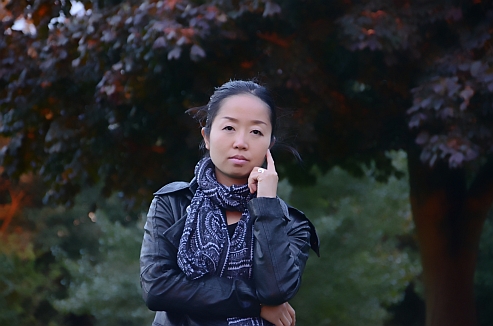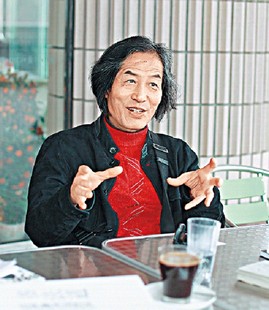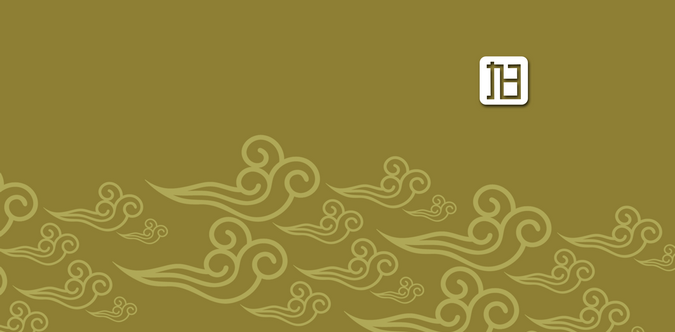About the Founder

Dorothy Zhou
Dorothy Zhou, Dr. degree, graduated from China Academy of Art, majored in Chinese Calligraphy Creating and Theory, and studied under Professor Wang Dongling, Senior Professor at China Academy of Art and well-known calligrapher. ZhouXu has received a perfect knowledge transmission from Professor Wang. His master’s thesis on “Collapse and reconstruction" - 1940-1970 of Japan's modern Calligraphy creation research” was highly recognized by the latter, which has laid is solid influence and professional value in the field. As a renowned calligraphy scholar, exhibition planner and chief art director, ZhouXu has carried out multiple inspects on international youth projects, and planned for numerous important world-wide expositions, including International Oracle Expo, International Calligraphy Exhibition and Symposium, and so on. Over years of teaching, ZhouXu has developed a calligraphy course at a professional college standard, which combines diversity and academic requirements. This course is featured as easy to understand, rich in Sinology and equipped with strict major knowledge. By interesting students of all ages, it renders learning value, pleasure and usefulness.
Founder's Tutor

Wang Dongling
Wang Dongling, renowned calligrapher, Director at Modern Calligraphy Research Center of China Academy of Art, professor, doctoral instructor. Professor Wang also assumes the positions as council member at Chinese Calligraphers Association, President of Lanting Calligraphy Club, Vice-Chairman of Zhejiang Calligraphers Association, Honorary President of Hangzhou Literary Federation, Chairman of Hangzhou Calligraphers Association and council member at Xiling Society of Seal Arts.
His calligraphy is unique amongst Chinese contemporary calligraphers, with a significant influence, in particular, his long masterpiece “Laotzu”, “'Enjoyment in Untroubled Ease”, “Heart Sutra” and other works have shaken the world by demonstrating unparalleled imagination and boldness. According to Britta Erickson, American art critic and curator, when the future artists look back at the Chinese art in late 1900 and early 2000, Professor Wang shall no doubt occupy a pivotal position in the Chinese calligraphy history and his contributions thus will certainly leave a notable mark.
“Calligraphy”,
Our Spiritual Home Together
Years ago, I was lucky to be admitted to the China Academy of Art after all tests and competitions, where I was able to appreciate great masters’ dazzling performance on a daily basis. Renowned scholars were exerting in class their superb expertise and interpreting the wealth left for us by the history, from the ancient to the new age, covering all aspects. In the front-end hall, I was reading and searching repeatedly for the uncountable classics and cutting-edge exhibitions. Till now, whenever I look back, I feel no more regret.
Years later, when I left my country where I grew up and put my feet on a foreign soil, I often looked up into the crystal clear sky, feeling the fresh air, missing her while walking or sitting in front of the desk. However, what I longed for more was to have foreigners really and truly feel the most pleasant nature of the Chinese culture with the purest and most authentic “Chinese accent”, to express calligraphy, this profound and abstract art mode, in its true self and living language, and pass it on to learners without any “sophisticated process”.
As a visual art, Chinese calligraphy is visible and sensible. Also, the universality of global art is applicable to its dot painting, rhythm and spatial form. We can identify resemblances and equivalences of any art categories in the Chinese calligraphy, which constitutes one of its remarkable inputs to the world-wide arts.
In the “Essence of Art”, Herbert Reed (1893-1968), famous British poet, art critic and esthetician, chairman of the British Society of Aesthetics, argued “we believe that art is an international language, it appeals directly to senses, so that we may be able to heartily appreciate oriental art as we enjoy our own civilization.”
Around me gathered a group of children coming from all over the world. When they held uniquely Chinese brush, ink, paper and inkstone in their little hands, following teachers for each line and dot, you could easily perceive the charm of calligraphy from their dedicated expression. The calligraphy can totally become a common language for the world civilization.
Children with different skin colors are filled with the same joy and the same pleasure, which even shocks their parents to find such a magic in calligraphy. It calms down their naughty kids to dedicate meticulously and grow with manners.
No matter for children or adults, let’s reserve a little time for calligraphy, relax ourselves, eliminate distractions, and quietly appreciate the rise and fall of each line. As the ink shade constantly changes, all nature wonders and marvelous spectacles will flow out from your wrist, shining the light of wisdom.
I sincerely look forward to getting together with more artists and scholars, to discuss, to trace the origins, to pursue art and to return to the beginning.
Dorothy Zhou


